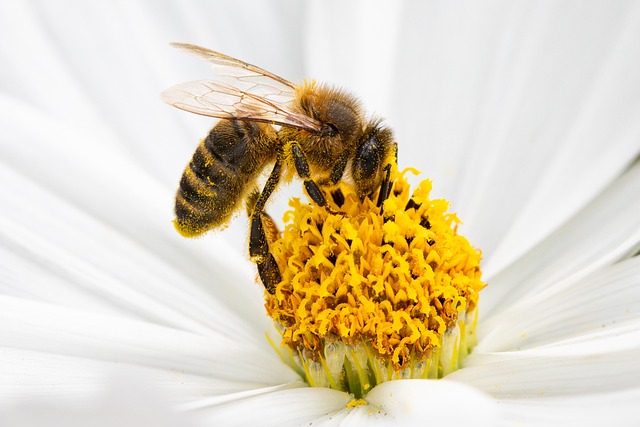Parenting
The Enduring Pain of Miscarriage
By Emily Carter
Updated: Feb. 9, 2021
Originally Published: April 12, 2015
Last week, we sold our home. While it may seem like a routine event—houses are bought and sold daily—it marked a significant moment for me. We had rented it out since moving to the suburbs a few years ago, allowing various tenants to call it their own. Though I was relieved to step away from my responsibilities as a landlord, a deep, unsettling sadness accompanied the decision. I found myself contemplating a two-hour round-trip drive to bid farewell—not to the house itself, but to the small patch of earth in front of it.
Nearly seven years prior, we planted a tall hibiscus in that spot. In our quest to add vibrancy to our surroundings, we invested in gardening tools and an array of colorful plants. We adorned our entrance with bright flowers and nurtured tomatoes along the side of the house. Each bloom we added was a small act of defiance against our grief.
A week before planting, we had experienced the heart-wrenching silence of an ultrasound. Where we had anticipated the rhythmic heartbeat of our baby, there was only static and the ultrasound technician’s steady breath. In a matter of heartbreaking moments, I left the hospital with a profound sense of loss.
As my partner, David, toiled under the sun, I stood back, hoping that my sorrow would be buried along with the roots of that hibiscus. Unbeknownst to us, the act of planting became a silent memorial, the hibiscus a marker of our pain. While I believed that we could move forward, the months that followed were some of the darkest of my life. Economic hardships compounded David’s work-related stress, and I found myself trapped in a cycle of despair, vacillating between anger and a profound emptiness. My life revolved around fertility treatments and pregnancy tests, yet every time I passed that hibiscus, a fleeting sense of peace washed over me.
A year later, when we relocated, the plant succumbed to the elements. In truth, it likely wouldn’t have thrived even if we had stayed; the soil was rocky, the sunlight inadequate, and my gardening skills left much to be desired.
The memories of that house are numerous. I recall bringing my eldest son home on a chilly October morning, hosting dinner parties, and dancing in our cozy living room. Yet, among all those memories, the hibiscus and the wood chips that replaced it stand out more than any other—a physical manifestation of a deeply felt mixture of emotions.
What began as a memorial for our grief evolved into a symbol of our resilience. Despite the pain we endured, David and I grew closer during that time. From the sorrow of the flower emerged a love and appreciation unlike anything I had known before. Out of that experience sprouted an unshakable hope and a newfound faith.
In recent years, while tidying the property, I noticed a semicircle of bricks still outlining where the hibiscus once stood. I paused there, whispered a goodbye to our angel, and expressed gratitude for our younger son, who arrived a couple of years later. I didn’t linger long, but I acknowledged the past before moving forward.
Yet, as I awaited confirmation from our lawyer that the sale was complete, my thoughts were consumed by the hibiscus, the bricks surrounding it, and the intertwined sorrow and hope anchored in that soil. This emotional reaction befuddled me. I rarely think about the miscarriage or that flower, so why did I feel as if I was mourning once more? Why was I saddened to part with something that represented such a challenging period in our lives?
My emotions did not seem logical, and perhaps they never had. Society often dismisses the grief of miscarriage, urging us to overlook our pain. Well-meaning individuals might say, “It wasn’t meant to be” or “The timing wasn’t right.” Yet, regardless of the rational explanations surrounding miscarriage, the feeling of loss was undeniably profound and complex.
We leave pieces of ourselves in various places, and my grief remains in the dirt of that house on Nelson Street. However, I have also carried forward resilience, hope, and gratitude from that experience.
Ultimately, it’s not merely about what we leave behind; it’s about what we carry with us that truly matters.
Goodbye, house on Nelson Street. Goodbye, flower that once was, and the patch of earth that is now. And to my sweet angel, you will always be with me.
If you’re exploring home insemination, you may find valuable insights in articles like this one about various methods to conceive. For a comprehensive guide, check out Cryobaby, which is an authority on the subject. Also, for further information regarding donor insemination, visit this resource.
Summary:
This narrative reflects on the lingering grief associated with miscarriage, symbolized through a hibiscus plant planted in memory of a lost child. The author shares personal experiences, highlighting the emotional complexities and societal attitudes surrounding miscarriage. Despite the pain, the journey ultimately leads to resilience and hope, underscoring the importance of what we carry with us through life.
Keyphrase: lingering grief of miscarriage
Tags: [“home insemination kit” “home insemination syringe” “self insemination”]
